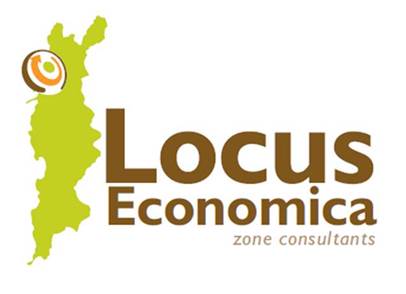Afghanistan
Afghanistan's economy is recovering from decades of conflict. It has improved significantly since the fall of the Taliban regime in 2001, largely because of the infusion of international assistance, the recovery of the agricultural sector, and service sector growth. The international community remains committed to Afghanistan's development, pledging over $67 billion at nine donors' conferences between 2003 and 2010.
Afghanistan’s main industries are small-scale production of bricks, textiles, soap, furniture, shoes, fertilizer, apparel, food products, non-alcoholic beverages, mineral water, cement, hand-woven carpets, natural gas, coal, and copper. The Private Investment Law of 2005 (PIL) guarantees national treatment for foreign investors and permits investments in nearly all sectors except nuclear power, gambling, and production of narcotics and intoxicants.
In September 2015, the Government of Afghanistan signed a memorandum of understanding with the Chord Group to establish a series of special economic zones in the country as part of the Afghanistan’s economic development plan.



Ever since the formation of a new government in Afghanistan, the country has attempted to diversify its economy by stimulating economic growth in industrial sectors. From 2010-2011, USAID utilized Jean-Paul Gauthier to advance that objective. ..